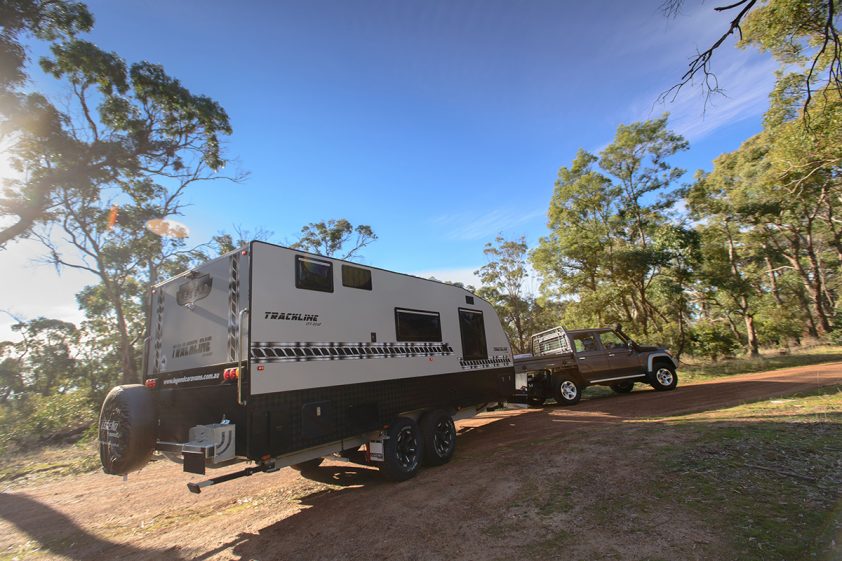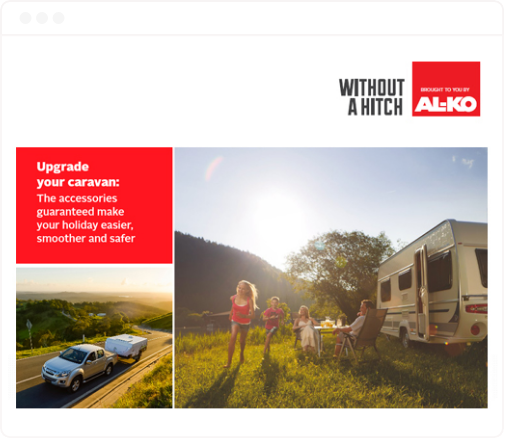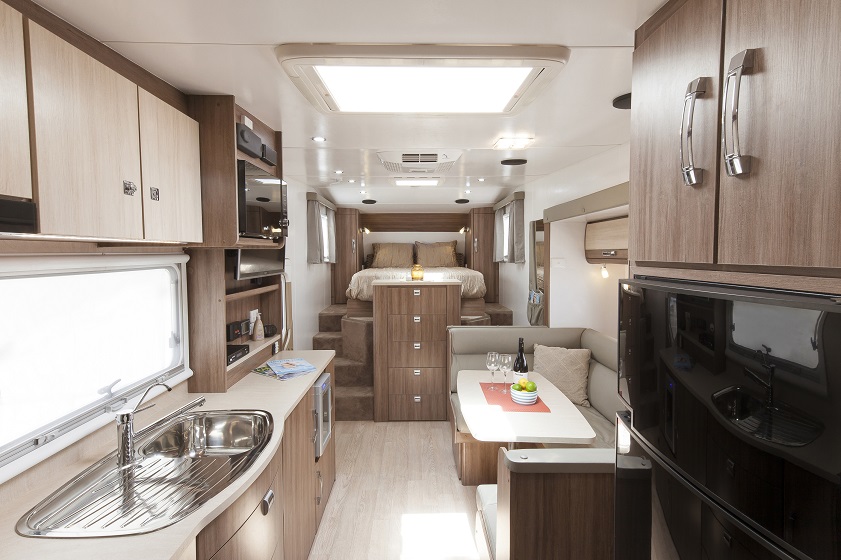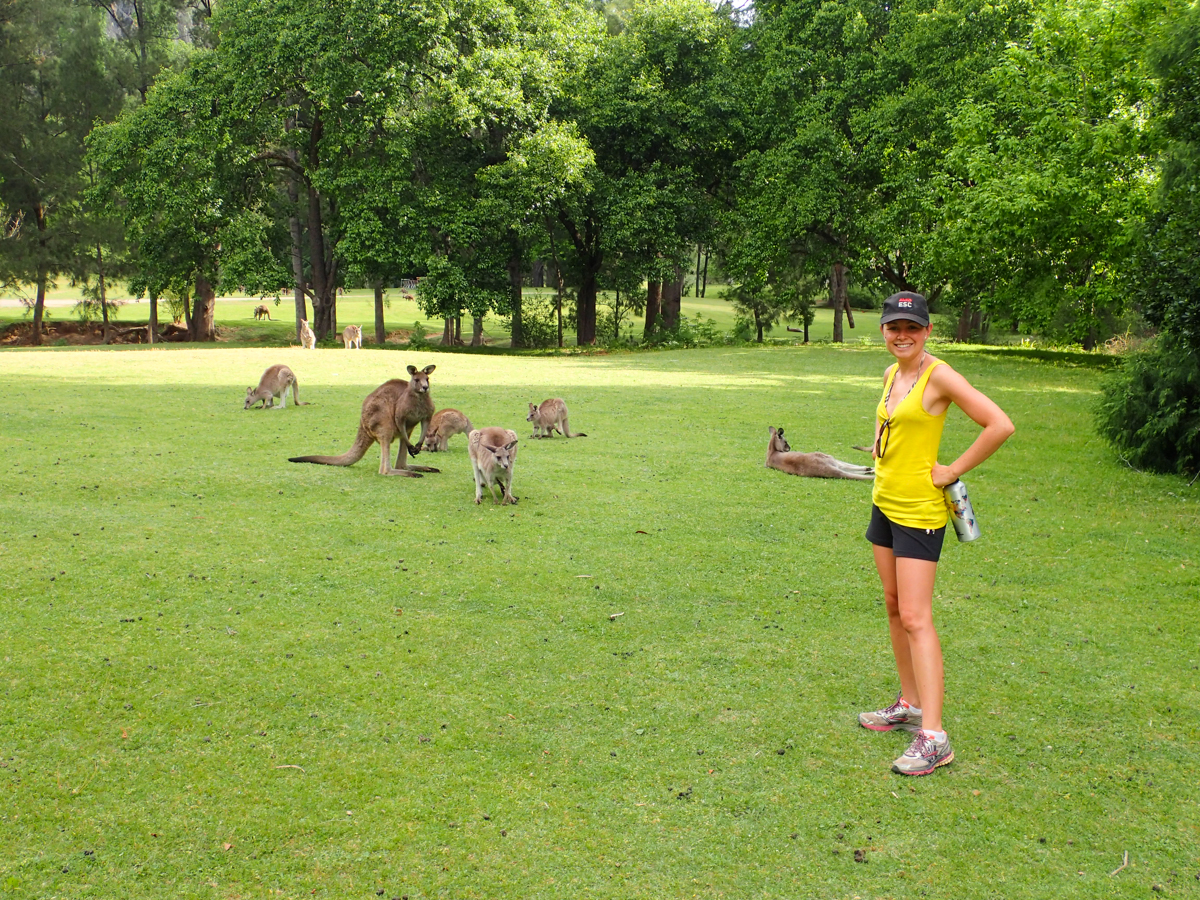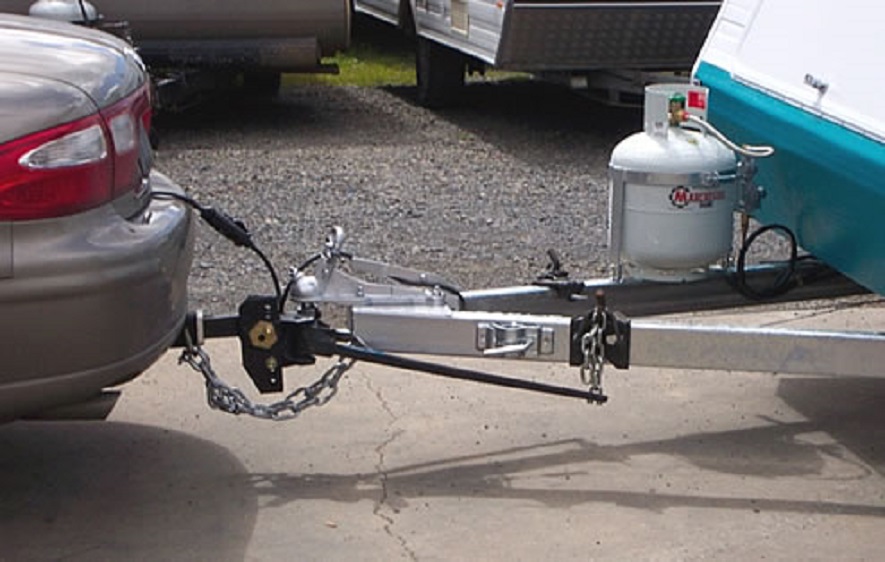Buying a new caravan, camper or boat could be the most expensive purchase you ever make – after the family home – so it’s worth putting some thought into how you’re going to afford it before you take the plunge.
Most of us aren’t in a position to just hand over an envelope full of cash, so we spoke to specialist caravan finance broker Jarred Lembo of Queensland-based Credit One Finance about the other options available.
WHAT ARE MY OPTIONS?
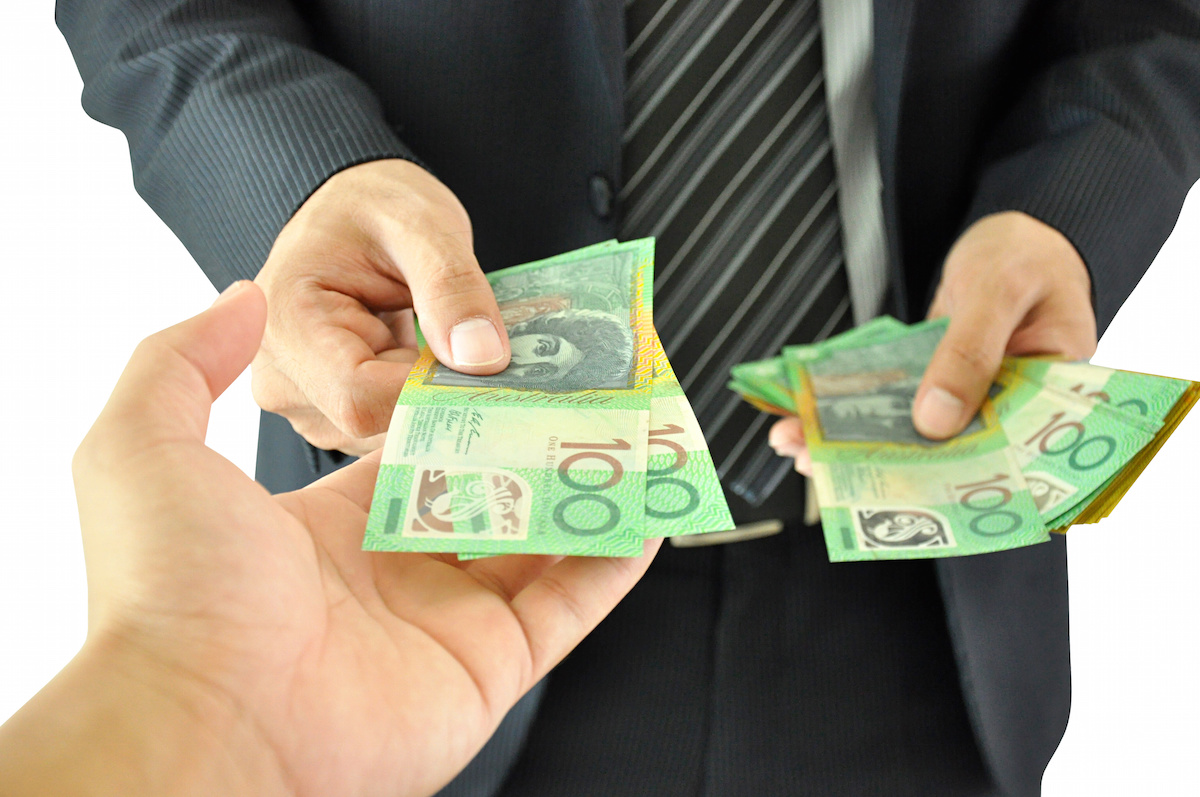 Businessman hand giving money – Australian dollars[/caption]
Businessman hand giving money – Australian dollars[/caption]
WAH: I want to buy a new RV but I have no idea how I’m going to pay for it. What are my options?
Jarred Lembo: The six most common ways to finance a new RV are to pay cash, to redraw on your mortgage, take out a bank loan, draw down on your superannuation, through dealer finance, or with broker finance.
WAH: What if the RV I fall in love with is second-hand? Do I still have the same options?
JL: Largely, yes. However, you may find specialist caravan loans are only suitable for new vans or those up to three to six years old, and bank loans may charge higher interest for an older caravan or camper.
WAH: The dealership I’m dealing with offers loans, so it’d be easiest if I just went with them, wouldn’t it?
JL: While the benefits to dealer loans are ease and quick approvals, the downsides are a are limited choice of financiers and a loss of bargaining power with the dealer.
WAH: If I just redraw on my mortgage, I won’t even notice I’m spending the money, will I?
JL: Whilst adding a caravan purchase to your home loan might seem like a good idea, it can add years to the loan term and mean that you will pay much more interest than if you had secured a low rate caravan loan secured only against the van. It could effectively extend your home loan for another 10 years or longer.
WAH: How will taking money out of my super to buy an RV affect it?
JL: When drawing down on superannuation, you need to consider the overall relative performance of your super fund and whether the capital left untouched for a further period of time would result in a higher capital amount and larger superannuation nest egg. You don’t pay any interest and you have the certainty of buying power, but you have to consider the opportunity cost of not having the money invested.
SPECIAL CARAVAN LOANS
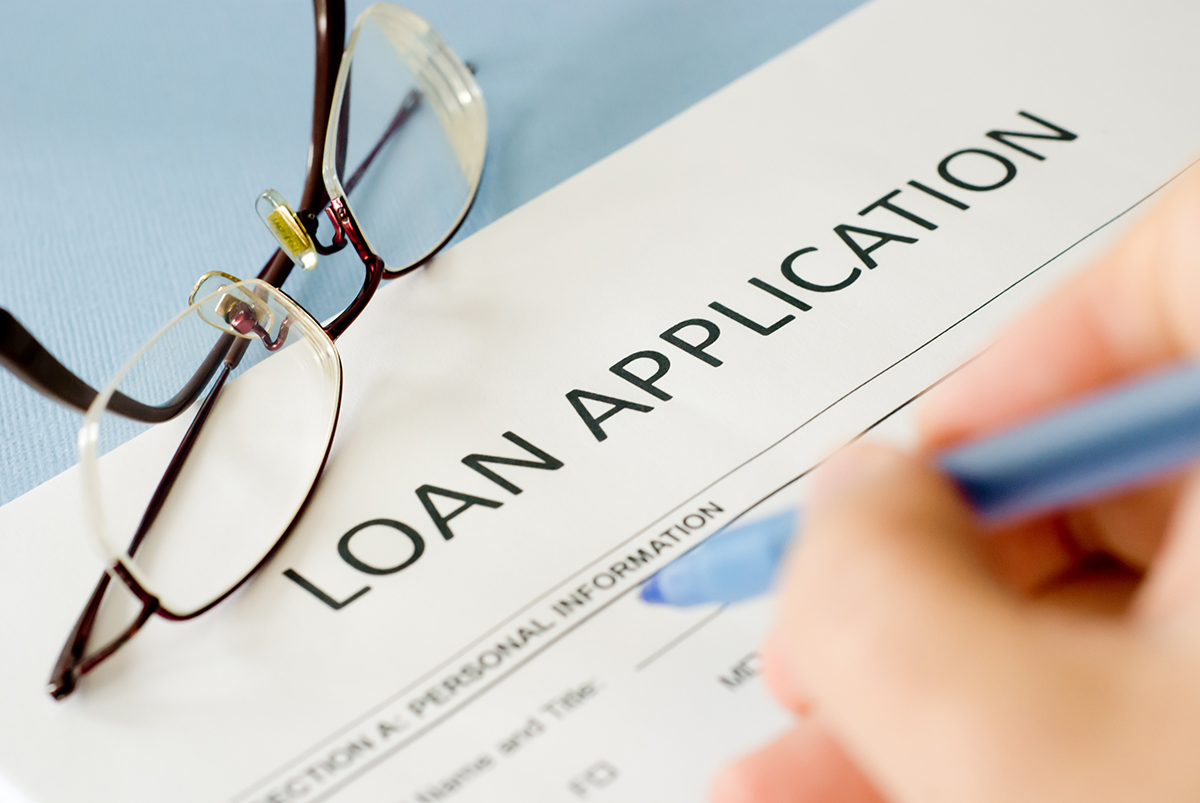
WAH: How long are most specialist caravan loans?
JL: They can be from two to seven years but the average is 60 months (five years).
WAH: Is it important to have pre-approval for finance before I start shopping?
JL: Pre-approval gives you the confidence to negotiate with a private seller or dealer knowing that you have a pre-approved limit.
WAH: How much can the interest rates vary between lenders?
JL: Interest rates can vary significantly. A rate at 5.99 per cent for a specialist secured caravan loan for new vans and vans up to six years old could be increased to 12.95 per cent through an unsecured bank loan for the same van, or up to 17.95 per cent through a non-bank personal loan lender.
WAH: What factors will a lender take into account when setting my rate?
JL: Lenders take into consideration a variety of factors when determining interest rates. These can include: credit history, assets, equity, and stability of employment and residence.
MEET THE AUTHOR
Peter Quilty
With more than 30 years’ journalistic experience, Peter’s brief predominantly centres on editorial reviews for Caravan World and CamperTrailer Australia magazines.
A relative late starter to the trials and tribulations of the RV industry, Peter has been making up for lost time caravanning and camping with his family around Victoria. Initially, Gippsland was the primary stamping ground free camping in idyllic bush settings such as Dargo and Licola, beside the Wonnangatta and Macalister rivers respectively. Other favourite haunts also became ensconced on the family camping itinerary – Jamieson in Victoria’s High Country, Whitfield in the King Valley, Princetown on the Great Ocean Road, and Bright in the Ovens Valley.

